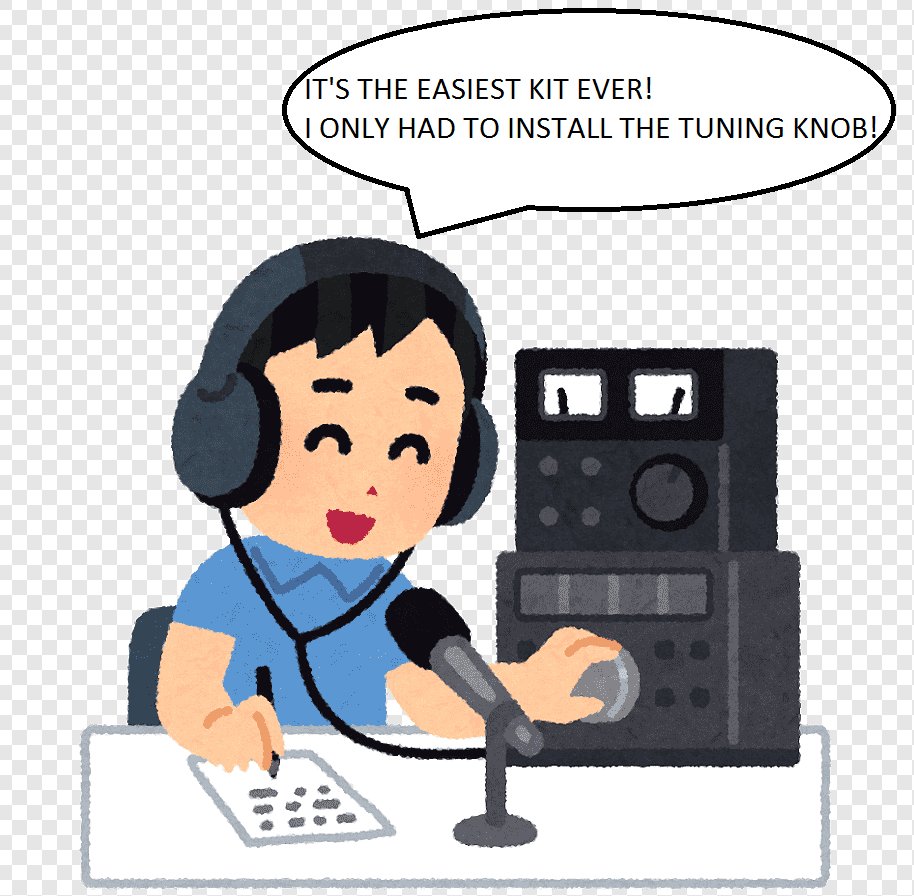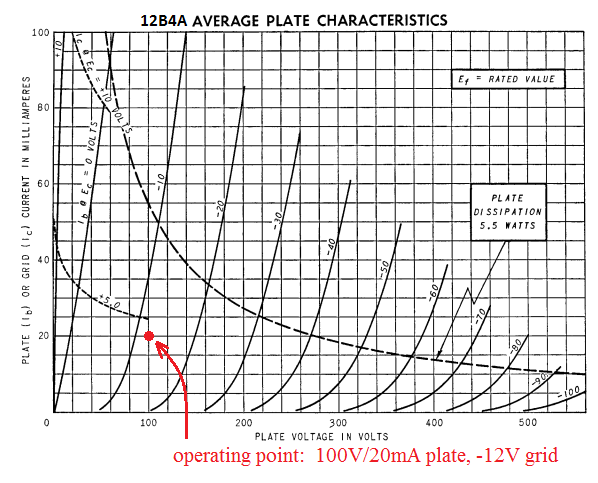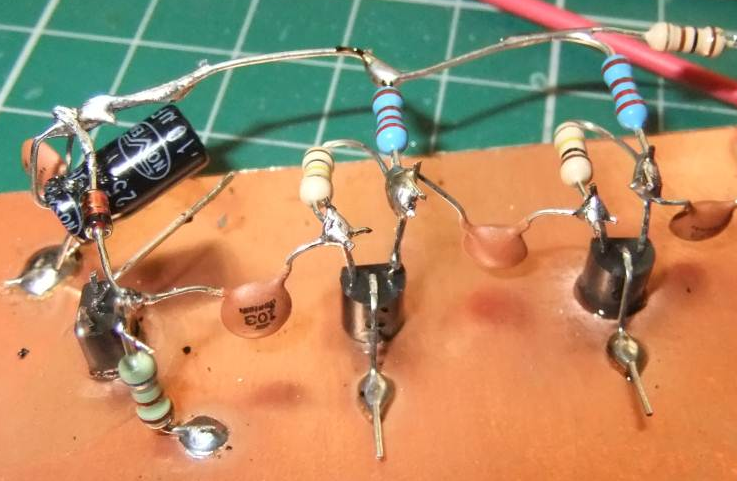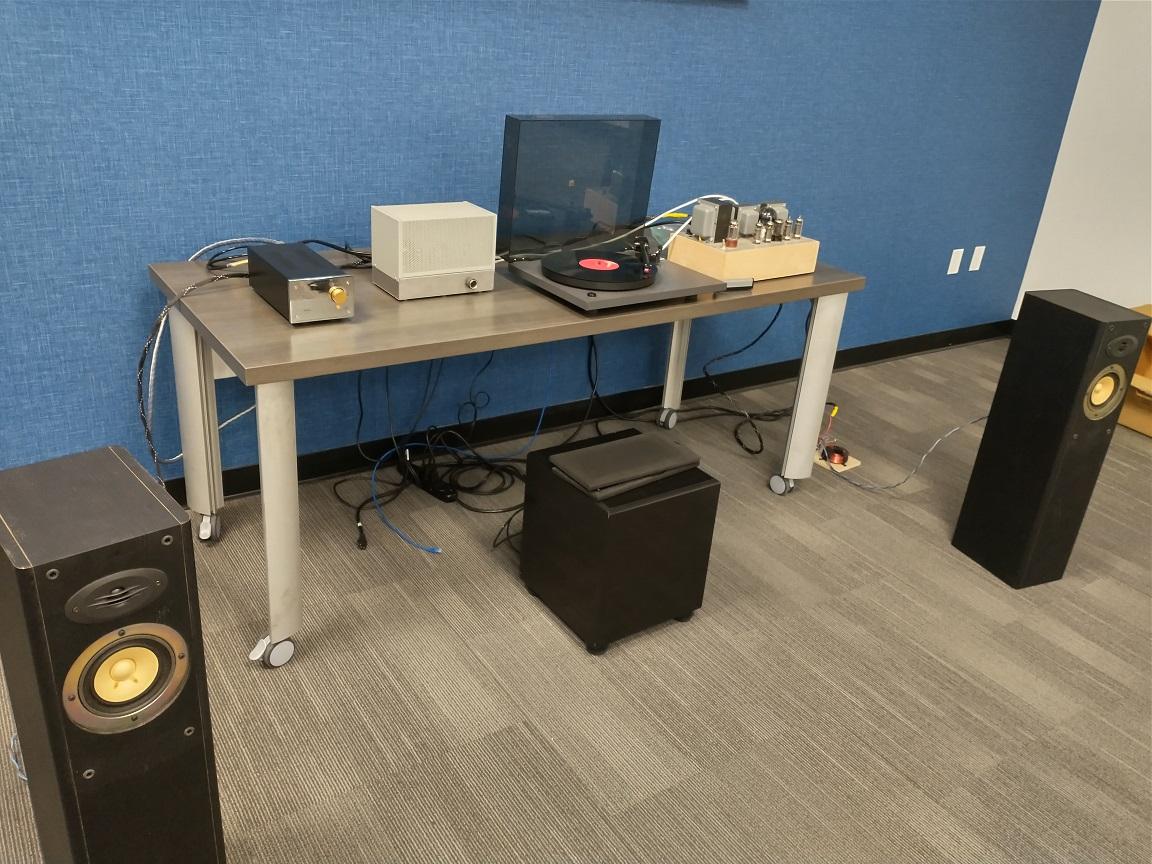How I Conquered DIY - an in person event held 7/24/2022
MORNING SESSION: two-hour group therapy for diy-phobia patients
In the short tradition of learn-and-listen, Tony Chipelo conceived a light-weight but very interesting event focused on DIY (or Do-It-Yourself) fans, or future fans. You have to admit it, that there is something very attractive in DIY at all levels. Taking a small pile of parts and making a working musical gear is like creating a living thing. There is that pride of “I did it” and the excitement of experiencing a newborn baby for the first time. This is not gear anymore, it’s a living thing!
Alas, some of us are introduced to DIY by chance, maybe on a forum or checking out a friend’s system, but were never exposed to electronic construction or design. To some this looks like black magic, to other just something beyond their natural abilities. It’s new and admittedly exciting, but the anxiety, the stress, the unknown… If this sounds familiar then welcome to the group therapy!
Once again we got together in the ZAG company conference room (big thanks again Jim Hunton) and the first things you saw were all sorts of built and disassembled gear on display, laying on the conference tables. Some test equipment too, but who can tell what’s what…
Tony planned this event for the very green beginner in DIY. We presented mostly not very technical slides and tried to keep the technical content to the bare minimum. The focus was more on access to kits, projects, information, forums and all other resources that can make the entry into DIY much more fun. It’s the information age – and information you got!

Four presenters talked about how they got into DIY and showed some of the projects they finished (some sort-of…). Among the four I was the only hardware engineer, though I never worked professionally in audio. Tony is an enthusiast that is in the audio business for many years but all he’s learned is from elmers and hands-on projects. The other two presenters got into DIY through building kits but had several of those finished, so the level of DIY experience in the room was quite respectable. One thing that seemed to be in common is the center position that Nelson Pass of the Pass Labs and First Watt fame plays in this market and arena. Nelson is a big supporter of the DIY community, starting from the printed magazine era through the current web forums.
Other than Nelson’s creations, we had on display a few other interesting items. Tony brought his massive Audio Note non-oversampling (NOS) DAC kit with a tube output stage and Fred showed off the Randall IV tube amplifier from a class that Edwin Yang runs at the Randall Museum in San Francisco. Ed is a most talented teacher and deserves much praise for his excellent classes and the outstanding final products.
The presentations and discussions touched on practical issues: tools you need, how to approach a build, how to test or (oh no!) fix things that don’t work as desired on a first try… And against the happy spirit of the event, I had to inject the old joke that it’s hard to “re-insert the smoke back into parts”. Oh, well, it’s sort of a macabre joke…
One topic that emerged is the time (and cost) that it takes to finish a project. Even complete kits with enclosures require a few extra parts or a trip to the hardware store. Projects that seem like a one afternoon deal end up taking weeks. There is a famous saying in Arabic “Hurry is the Satan’s Way” and it applies in spades in this context!
The morning session went quite smoothly but all good things have to come to an end. The end was in the form of a demonstration of how you use basic test equipment. This was not meant to be a practical lesson but a “fun” demo, or an attempt to demystify the simple science behind the hobby. We had a simple 12B4 preamplifier opened up and ready to poke into, but not before going over a slide on SAFETY FIRST!
High voltage equipment warrants some respect, whether you’re an experienced lab technician or a home hobbyist. We discussed briefly isolation transformers, discharging capacitors and staying away from high voltages in an exposed gear (one hand in the pocket!) and emphasized safety first in general. Actually, taking your time with DIY projects is always a good idea, whether you’re checking on safety issues every time you work on equipment or being realistic when budgeting time to complete a project.

We first took DC measurements of voltages in the power supply, and proceeded to measure DC voltages over the cathode and plate resistors in the active stage. At this point we went a tiny bit more technical and calculated the plate current of the 12B4 tube using ohm’s law. The “grand finale” was a sanity check, that the grid-to-cathode voltage (-12V), plate current (~20mA) and plate-to-cathode voltage (~100V) intersect on the tube’s curve plot from the datasheet. Guess what, they did!

Next we used a vintage HP signal generator and an old portable single-channel LCD oscilloscope, that sold as a kit back in the day. I injected a sinewave signal to one of the preamp channels and showed the amplified sinewave on the scope. This output changed its amplitude visually as we varied the volume control of the preamp.
I also changed the signal frequency out of the signal generator so we can see the change on the scope’s small LCD screen. This concluded the “measurements” demo. The point was to show that it’s not rocket science and can be done by anybody with average skills and little knowhow.
The morning session was quite interactive with many questions and answers, which were welcome and informative. One important question was regarding the precision and calibration requirements of the vintage signal generator and pedestrian scope that we used for the measurements. I chose both deliberately to demonstrate that the home hobbyist and sometimes even the pro technician can do a lot with basic equipment that is not calibrated by a certified lab.
Rough measurements and a review of the signals “shape” even on a cheap scope give the user a “peek into the circuit”, and sometimes one picture is worth more than a thousand words!
We finished the morning class by discussing briefly the different options to build circuits from scratch on prototyping PCB, vector board or even a “dead bug style”, as shown in the picture.

Tony closed the morning session by discussing options for introductory classes, such as those given by Ed Yang at the Randall Museum. We also briefly mentioned the plan to offer similar in-depth “learn-and-build” classes under the SFAF/RAM school initiative. Stay tuned!
PART TWO: Personal Impressions
The group reconvened after a lunch break for the afternoon session, which was the listening part of the event. We put together a special system for the occasion and swapped several DIY units as we go.
The digital source was a Volumio Primo, which is a fancy Raspberry Pi computer, packaged with a wi-fi board and a digital audio/DAC board. We fed the SPDIF out to the Audio Note DAC kit. The music library was on a local 2TB mini-drive, plugged directly into the Primo via USB. The power to the drive was also supplied by the Primo, so this was a very small footprint server system. Control over the Primo was via a tablet and remote connection that brought up a decent GUI. There is no special software to run. The GUI resides natively on the Primo and is part of the Volumio suite.
For a “preamp” we used the passive Intact Audio Autoformer Volume Control, built by Tony. We started listening with a MOSFET “Zen” amplifier, derived from Nelson Pass original article. We also had the Aleph J kit and the Randall IV tube amplifer on-hand. The original plan was to use the Transcendent “Son of Beast” OTL amp kit, but it developed a minor issue and we resorted to the alternatives. Jim will surely use his DIY skills to correct the issue and I’m looking forward to hearing this unique amplifier in the future.
To spice things up a bit, we followed on the promise (?!) from the phono event and included a phono micro shootout between the Hagerman Cornet and a real EAR 834P, a very famous yet simple tube phono stage that was designed by the late Tim de Paravicini. For a turntable we had on hand the NAD C533, a re-labeled Rega P2 with a dead-quiet AC motor, a surprisingly good (non resonant) MDF platter and the venerable RB-250 tonearm. If you’re starting in vinyl, this is a fabulous entry level turntable that won’t break the bank and will give you a taste of the “good stuff”. Cartridge was a very average Goldring Elektra MM with an elliptical stylus.
Due to the low power levels of the amps, the speakers we chose employed a 16 ohm single-driver (Sony 211-12 from a TC-630) in a re-purposed Celestion F2 cabinet. Jim added an external baffle-step notch filter to equalize the bass response with the mids and treble, but other than that it’s as coherent as a speaker can get. These speakers are over 90dB sensitive and were assisted by a small sub that was running at a very low level, sometimes inaudible (depending on the bass content of the track).
We started the listening session with a few digital tracks with the Zen amp and later switched to the Aleph J. The two amps differ in power (2 vs 25 watts) but for the most part were fine, since we did not blast the music. My subjective opinion is that the Zen is more open and has a clearer treble. I agreed with Fred that the Aleph J was warmer with a more robust bass. We did not agree on the winner… Like I said, it’s all subjective!
I left the room for a minute and came back to see everybody in awe, bordering on disbelief... Are we really hearing what we’re hearing?! While I was out they switched to the Randall IV tube amplifier and the sound quality went up a notch or two. It was an unexpected but very welcome surprise!
I decided to up the ante and suggested to play some vinyl. I had a few great tracks to try and I knew this could be the holy grail. The first track I played is a great Jazz piece (Ten for Two Blues by Dusko Goykovich, from Ensayo ENY-45) from the AR demo album and it ended with some of the listeners giving it a standing ovation. This amp with the specific Sony speakers is a match made in heaven!
Kudos to Ed Yang and long live DIY!!!

Needless to say, that we continued the listening session with the tube amp in the system. We did some listening to the two phono stages on hand. The EAR 834P had a tiny lead with most music, but on some tracks I preferred the zero-feedback openness and deeper soundstage of the Cornet. Someone once said that we are living in the golden age of audio and I think that is absolutely true. Here we had two great choices that you cannot go wrong with either. You can assemble a clone of the EAR 834P from ebay for less than $300 and if it comes anywhere close to the real thing then it would be the biggest bargain in analog bar none.
We closed the event with a few excellent 45RPM tracks that Gregory brought for the occasion. Tony had to leave and with that we lost the fabulous Autoformer passive volume control unit and proceeded with an all-tube (15 of them!!!) system by inserting the 12B4 preamp in the chain. This was not planned and fully improvised, just like DIY…

It was a perfect event, even though this time we had to settle for decent coffee instead of fine wine and cheese. Oh well, we got to leave some things for the next event, whatever it will be.
And this brings me to the last word and it’s about the events in general. After two years of Covid-19, all of us need some safe relief, and what’s better than getting together with partners to your hobby and having a good time with good music?
Those who were involved in organizing events in the past know that it’s zero glory and a lot of hard work, but I bet that they all would agree with me. I wouldn’t change a thing!
See you at the next fun event!!!